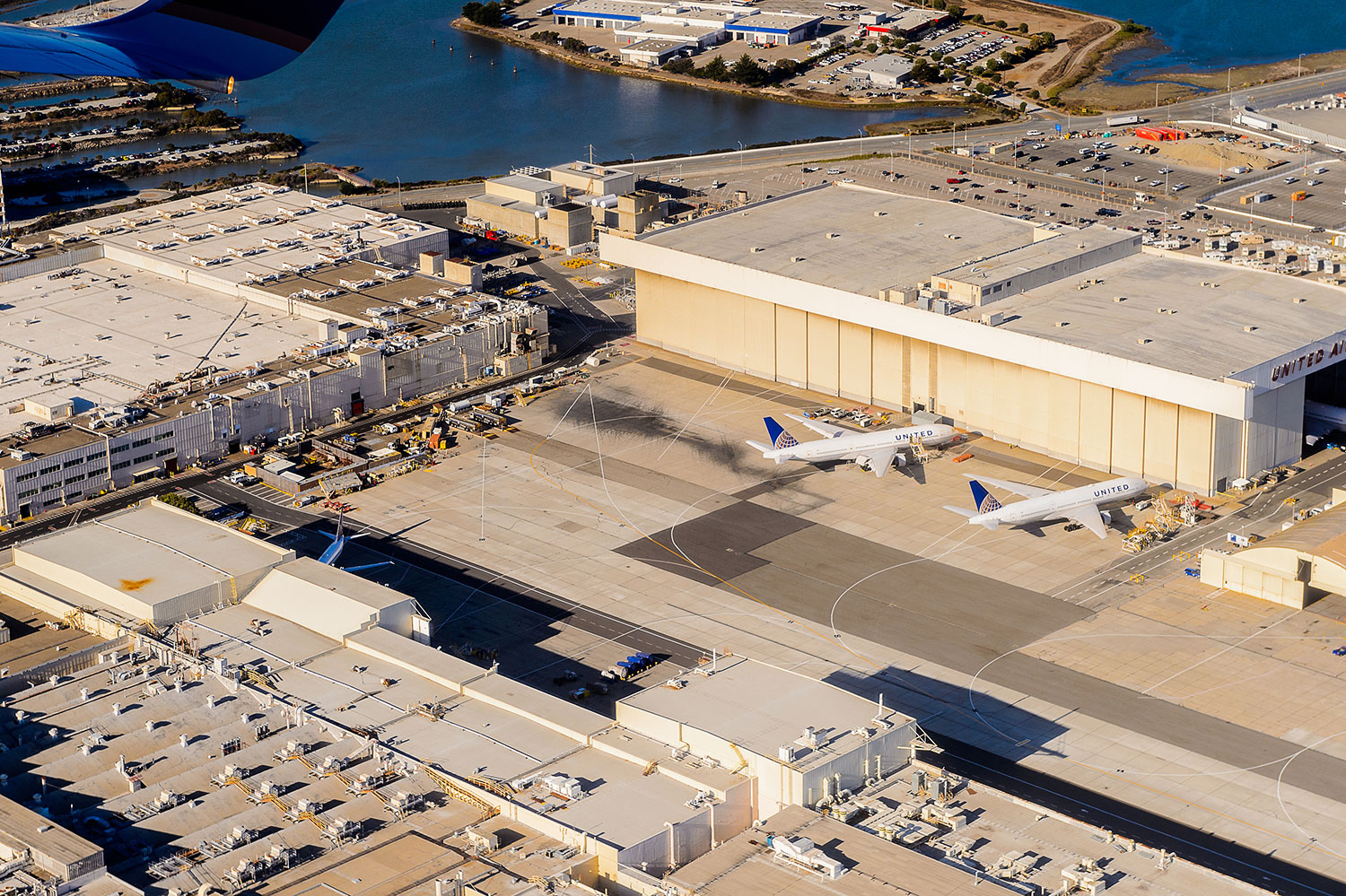by Steve Schellenberg, IMS Worldwide
While airports are managing through the immense changes and challenges brought on the air transportation industry by the global COVID-19 pandemic, it’s time to look at the airports and determine which ones will be the most efficient in the future in providing a solid platform for shipping and receiving of global air cargo, arriving either in dedicated air cargo freighters or in the lower deck on passenger aircraft, also known as belly freight. Today, over sixty percent of international passenger services are not currently flying their point-to-point routes. As a result, the global air cargo market is experiencing an increase in demand for freighter services. Due to this demand, passenger aircrafts are being used as freighters to support the increased cargo volumes and benefiting as air cargo rates are at historic highs. Prior to the pandemic, belly freight represented 59% of all air freight. That number is now reversed; by April 2020, freighters were delivering over 70%, and today close to 60% of air freight moves by dedicated freighter. Analysts say belly freight won’t be back to pre-pandemic numbers until 2023 or even 2024. This is a sea change in how air freight moves!
In the midst of this turmoil and lack of available lift in the air cargo trade, another heavily impacted industry has emerged creating demand for even more cargo capacity: global e-commerce, cross-border buying and selling. This expanding retail industry continues to add massive volumes of packages for delivering around the world. These added volumes are directly impacting the air cargo industry, which is already struggling to find capacity and airport facilities that can provide the rapid through-put that is necessary to support the promise for rapid delivery that is at the center of every e-commerce transaction. Now that customers want their shipment yesterday, time truly is money.
Historically, traditional passenger airports used by the global freight forwarders were built to manage the arrival of freighters and belly cargo volumes. At these airports, the cargo was then dispersed to trucks for delivery to a forwarder’s building near the air ramp. The forwarders would sort, store or ship the cargo into the cargo owner’s distribution system, manufacturing operation or last-mile fulfillment solution.
These airports were not designed to support high-volume package arrivals, and the challenges that high-volume sortation and de-consolidation for delivery into a last-mile solution generate. Many of these airports have USPS systems in close proximity, but the dwell time between package arrival (at the wheels down event for the airline) customs clearance, release and validation of compliance, inspection and movement to the USPS package system can take days. These delays render the promise of shorter delivery to a global buyer impossible.
The solution may be for this industry to identify alternative gateway airports that have international cargo capacity and infrastructure in markets where access to large populations of buyers can be reached in one- or two-day ground service. Airports that have the ability to support high-volume package arrival and sortation, and offer aggregation centers for exports to ensure that cargo aircrafts are fully loaded on both lanes, is particularly important. The successful airports must be able to directly interact with Customs to provide technology solutions for front-end access to international marketplaces or sellers’ hosts, and solutions to complete the final-mile confirmation and proof of delivery. Finding such an airport in the United States requires research and due diligence. So far, only four airports appear to be evolving in a manner that indicates that they could keep the promise of faster to buyer deliveries for overseas sellers to buyers throughout the US.
In future blog posts, I will identify the infrastructure and capabilities that support this short new roster of capable airports. While other domestic airports support Amazon, their requirements are vastly different from the requirements for international cross-border, e-commerce trade. Don’t confuse Amazon’s emergence as an air carrier with either their ability or an airport’s ability to support a global e-commerce program. Amazon is likely to be an early adaptor by adding international cross-border services to their network. Therefore, some of the selected airports will be added to the short list of airport operations where capacity and capability align with demand-and the carrier can be assured of full loads of cargo inbound and outbound.

